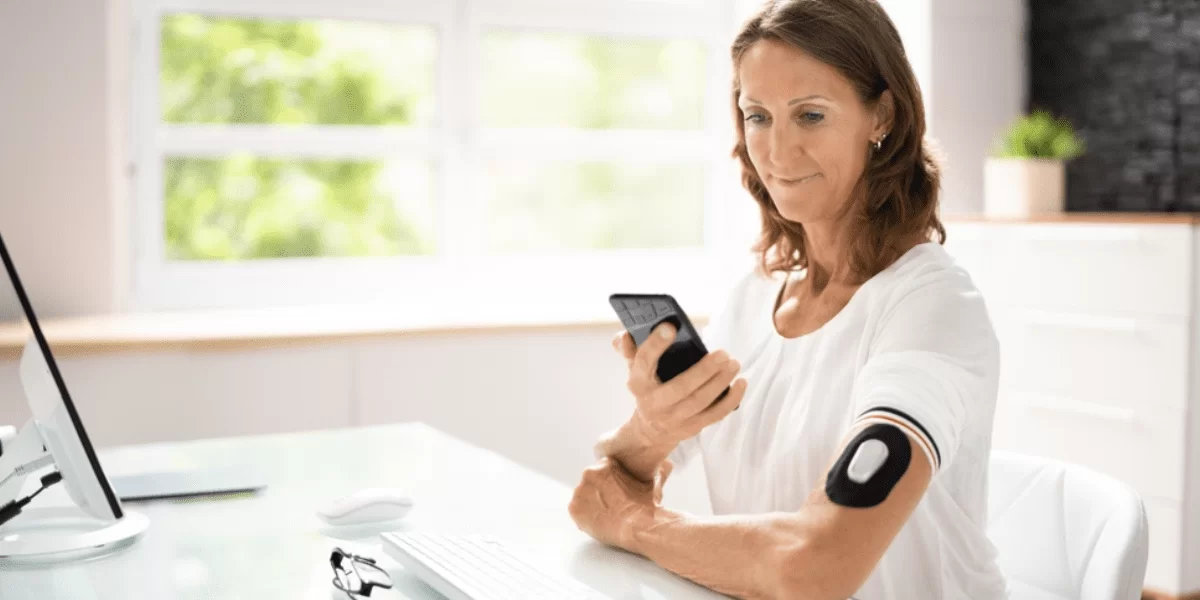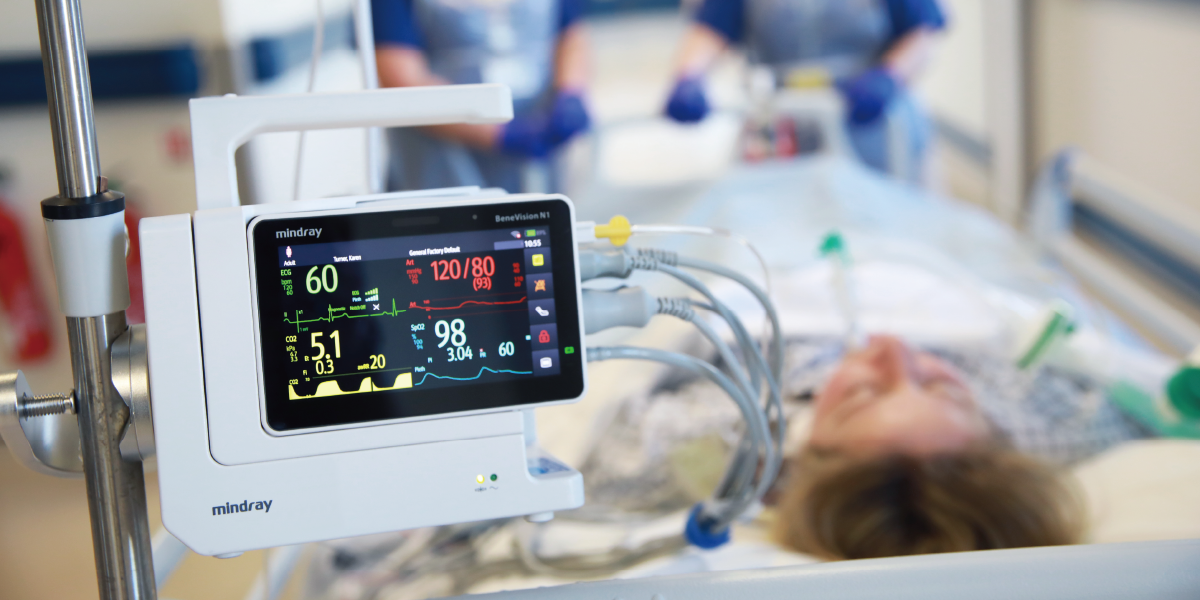Advancements in Patient Monitors: Enhancing Healthcare Monitoring
In the rapidly evolving landscape of healthcare technology, patient monitors play a pivotal role in ensuring the well-being of individuals under medical care. These sophisticated devices have undergone significant advancements in recent years, contributing to improved patient outcomes and streamlined healthcare processes. This article explores the various aspects of patient monitors, from their historical evolution to the cutting-edge features that define their modern iterations.
Historical Evolution of Patient Monitors:
Patient monitoring has come a long way since its inception. Initially limited to basic vital sign measurements like heart rate and blood pressure, early patient monitors were rudimentary compared to today’s state-of-the-art devices. The journey from simple bedside monitors to comprehensive, wireless systems reflects the relentless pursuit of innovation in healthcare.
Key Components of Modern Patient Monitors:
- Vital Sign Monitoring:
Modern patient monitors excel in real-time vital sign monitoring. Parameters such as heart rate, blood pressure, respiratory rate, and body temperature are continuously tracked, providing healthcare professionals with crucial data to assess a patient’s overall health.
- Advanced ECG and Pulse Oximetry:
Advanced ECG capabilities allow for the detection of cardiac abnormalities, enabling timely intervention. Pulse oximetry, which measures oxygen saturation levels in the blood, is another essential feature that aids in assessing respiratory function.
- Capnography:
Capnography, the measurement of carbon dioxide levels in exhaled breath, has become a standard feature in many patient monitors. It provides valuable insights into a patient’s respiratory status, aiding in the management of conditions such as respiratory distress and intubation.
Wireless Connectivity and Remote Monitoring:
The integration of wireless technology has revolutionized patient monitoring. Healthcare professionals can now access real-time patient data remotely, enabling timely decision-making and interventions. This feature is particularly crucial in critical care settings and for patients who require continuous monitoring.
Smart Alarms and Artificial Intelligence:
Patient monitors are becoming smarter with the incorporation of advanced alarm systems. Artificial intelligence algorithms analyze patient data to detect trends and anomalies, triggering alarms when necessary. This proactive approach enhances patient safety by alerting healthcare providers to potential issues before they escalate.
Portability and Wearable Monitors:
The shift towards portable and wearable patient monitors is transforming the way healthcare is delivered. Wearable devices offer continuous monitoring outside traditional healthcare settings, allowing for the management of chronic conditions and early detection of health issues.
Data Integration and Electronic Health Records (EHR):
Modern patient monitors are designed to seamlessly integrate with electronic health record systems. This ensures that patient data is readily available to healthcare professionals, promoting efficient communication and informed decision-making across various departments.
Challenges and Future Directions:
Despite the numerous benefits, patient monitors face challenges such as data security concerns and the need for standardized interoperability. The future holds promises of even more advanced features, including predictive analytics and personalized medicine approaches, further enhancing the capabilities of patient monitoring systems.
Global Impact and Accessibility:
The impact of patient monitors extends beyond advanced healthcare systems in developed countries. Efforts are underway to make these technologies more accessible globally, especially in resource-limited settings. Portable and cost-effective patient monitors are being developed to address the healthcare disparities between different regions, ensuring that even remote and underserved populations can benefit from essential monitoring.

Training and User Proficiency:
As patient monitors become more sophisticated, the importance of training healthcare professionals in their use cannot be overstated. Ensuring that clinicians are proficient in interpreting the data provided by these devices is crucial for maximizing their effectiveness. Ongoing education and training programs are essential to keep healthcare providers up-to-date with the latest advancements and best practices.
Ethical Considerations and Patient Privacy:
The integration of patient monitors into healthcare systems raises ethical considerations, particularly regarding patient privacy. As these devices collect and transmit sensitive health information, it is imperative to establish robust security measures to protect patient data. Striking the right balance between the benefits of continuous monitoring and safeguarding patient privacy is an ongoing challenge that healthcare organizations must navigate.
Collaboration with Telemedicine:
The rise of telemedicine has created new opportunities for patient monitors. Integrated with telehealth platforms, these monitors enable healthcare providers to conduct virtual consultations while monitoring patients remotely. This synergy between patient monitors and telemedicine enhances accessibility to healthcare services, especially for individuals in remote locations or those with limited mobility.
Cost Considerations and Healthcare Economics:
The adoption of advanced patient monitoring technologies has financial implications for healthcare systems. While these innovations contribute to better patient outcomes, the upfront costs and maintenance expenses must be weighed against the potential long-term savings through improved efficiency, reduced hospital stays, and preventive interventions.
Patient Empowerment and Informed Decision-Making:
Patient monitors not only benefit healthcare providers but also empower patients to actively participate in their own care. Real-time access to personal health data encourages patients to make informed decisions about their lifestyles and treatment plans. This shift towards patient-centered care fosters a collaborative relationship between healthcare professionals and those under their care.
Environmental Sustainability:
The healthcare industry is increasingly recognizing the importance of sustainability. Patient monitor manufacturers are exploring ways to reduce the environmental impact of their products, from using eco-friendly materials to designing devices with longer lifespans. Sustainable practices in healthcare technology contribute to a more environmentally conscious and responsible industry.
Conclusion:
Patient monitors have evolved into indispensable tools that shape the landscape of modern healthcare. With advancements in technology, these monitors contribute to improved patient outcomes, enhanced accessibility to healthcare, and a shift towards patient-centered care. As we move forward, addressing challenges related to data security, training, and ethical considerations will be paramount to fully realizing the potential of patient monitors in revolutionizing healthcare delivery worldwide. The continued collaboration between technology developers, healthcare professionals, and policymakers will play a pivotal role in ensuring that patient monitors continue to advance, making healthcare more efficient, accessible, and patient-centric.
Patient monitors have evolved from basic bedside devices to sophisticated systems that leverage cutting-edge technology to improve patient care. With features like wireless connectivity, smart alarms, and integration with electronic health records, these monitors have become indispensable tools in modern healthcare. As technology continues to advance, patient monitors will play a crucial role in shaping the future of patient care, providing healthcare professionals with the tools they need to deliver timely and personalized interventions.



